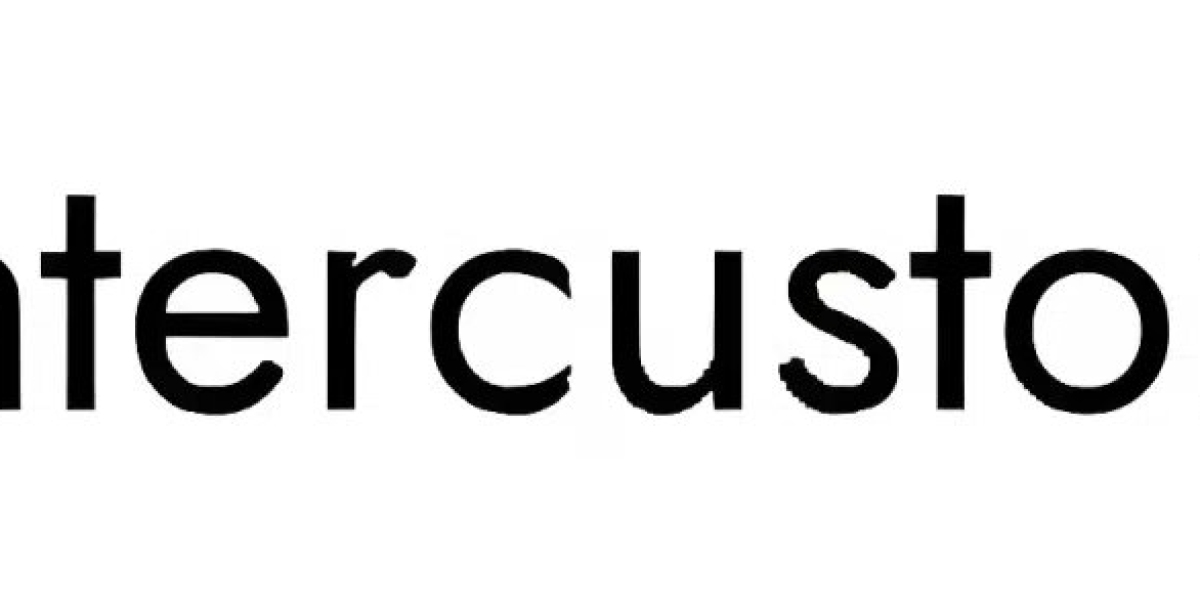In this blog, we will explore the intricate relationship between language, identity, and cultural diversity, delving into how dialects and accents serve as powerful markers of who we are.
Diverse World of Dialects:
Dialects are variations of a language that emerge within specific geographical, social, or cultural groups. These linguistic nuances reflect a community's history, traditions, and shared experiences. From the distinct Southern drawl of the United States to the myriad regional dialects across Italy, each variation represents a unique facet of cultural identity.
Geographical Influences:
Dialects often arise from geographical isolation, with communities developing their own linguistic norms over time. For example, the rich tapestry of English dialects in the United Kingdom showcases how geographical nuances can lead to diverse linguistic landscapes within a single language.
Cultural Heritage:
Dialects serve as a linguistic time capsule, preserving archaic words, phrases and pronunciations that carry echoes of cultural heritage. They become a source of pride, connecting people to their roots and providing a sense of belonging.
Check out The Importance of Cultural Knowledge in Translation
Social Dynamics:
Within a language, dialects can also emerge based on social factors such as class, education, or urban-rural divides. These variations contribute to the intricate social tapestry, creating linguistic markers that reflect societal structures and dynamics.
Accents as Auditory Signatures:
Accents, the way words are pronounced, are another integral aspect of language that influences identity. An accent not only reveals where a person is from, but also reflects their cultural background, upbringing, and personal history.
Regional Accents:
Just as dialects are tied to specific regions, accents carry the auditory imprint of geographical origins. Whether it's the melodic lilt of an Irish accent or the rhythmic cadence of a Caribbean one, regional accents contribute to the sonic diversity of human expression.
Multilingual Influences:
Accents often bear traces of multilingual influences. A multilingual speaker may carry over pronunciation patterns or intonations from one language to another, creating a unique fusion that mirrors their linguistic journey.
Cultural Pride:
Accents are not only about where someone is from, but can also be a source of cultural pride. They serve as sound cues, signaling not just linguistic differences, but also cultural diversity within a broader linguistic community.
Preserving Diversity in Globalized World:
In today's interconnected world, globalization and mass media have led to increased linguistic homogenization. However, preservation of dialects and accents is crucial for maintaining cultural diversity.
Education and Appreciation:
Promoting education and appreciation of linguistic diversity is essential. Schools, media, and communities can play a role in fostering an understanding of the cultural richness embedded in dialects and accents.
Media Representation:
Media, as a powerful influencer, can contribute to the preservation of linguistic diversity by representing a broad range of accents and dialects. Inclusive representation helps challenge stereotypes and fosters a more accurate reflection of linguistic realities.
Language, with its diverse dialects and accents, is a living testament to the intricate tapestry of human identity and cultural heritage. Embracing linguistic diversity enriches our collective understanding, fostering connections that go beyond words. As we celebrate the unique cadences and expressions within our languages, we contribute to creating a more vibrant and inclusive global community where every voice is heard, valued, and appreciated.
sources blog:- https://thespanishgroup.org/blog/language-and-identity-how-dialects-and-accents-shape-cultural-diversity/









